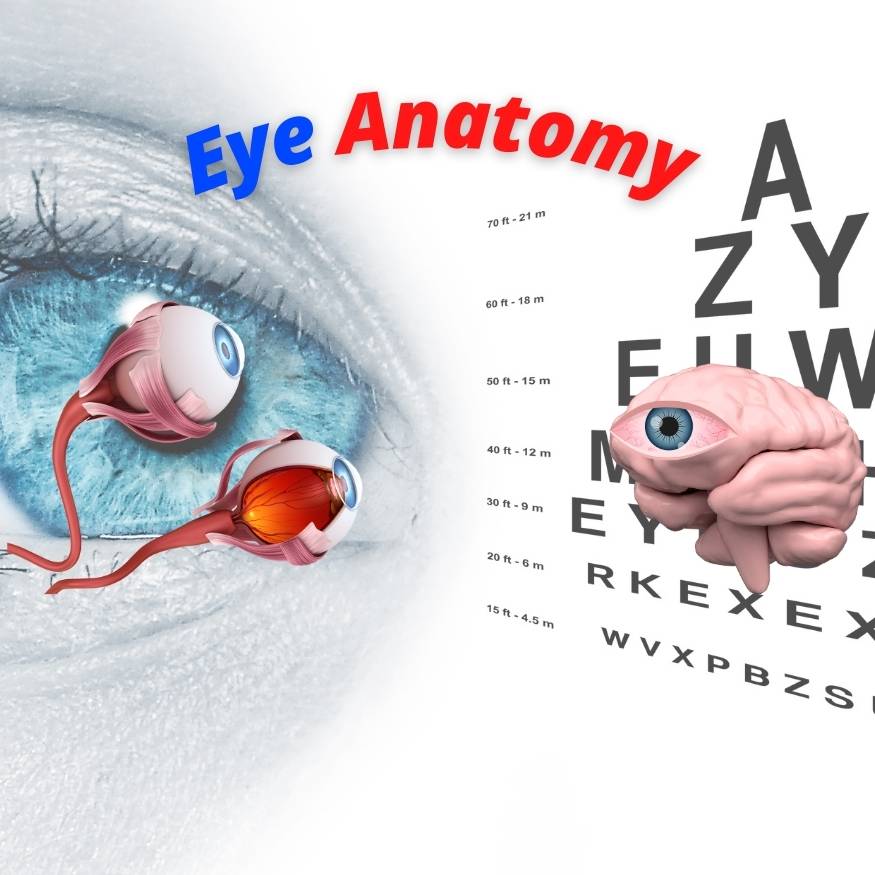Human Eye Anatomy & Physiology
The human eye is truly a marvel of nature, allowing us to see and experience the world around us.
But do you know exactly what happens when you see an object? How does light enter your eye and translate into an image you can understand? Well, let's take a closer look at the anatomy and functions of the human eye.
The human eye is approximately round in shape and sits in a protective bony socket known as the orbit.
Six extraocular muscles attach the eye to the orbit, allowing it to move in all directions.
The eyelids protect the eye from the external environment, just like the curtains defend your windows from dirt and dust.
The eye comprises three layers - the outermost Layer, the middle Layer, and the innermost Layer.
The outer layer is composed of the cornea and the sclera, with the sclera being the visible white portion of the eyeball.
The cornea is the first optical component of the eye machinery and provides 70% of the eye's focusing power.
The fluid-filled space behind the cornea is called the anterior chamber, and the fluid inside is called aqueous humor, which helps maintain constant eye pressure.
The eye's middle layer is composed of the choroid, ciliary body, Lens, and Iris.
The choroid is a thin, blood-rich membrane that lies beneath the sclera and supplies blood to the eye, especially to the retina.
The Iris, located at the front of the eyeball's central portion, is a circular-shaped, pigmented structure.
The different eye colors we see are due to iris pigmentation, and the Iris regulates the amount of light entering the eye.
The Lens is a transparent structure located directly behind the pupil. It focuses the visuals onto the light-sensitive layer, the retina.
The innermost layer of the eye is the retina, which converts the light entering the eye into electrical signals that are transferred to the brain for visualization.
To help understand this process, think of the human eye as a camera.
The cornea and Lens are like the Lens of a camera that focuses the light, the Iris is like the aperture that regulates the amount of light, and the retina is like the film that captures the image.
The Lens is flexible and adjusts according to the external lighting with the help of the ciliary body. And just like a camera, the human eye needs to adapt to different lighting conditions.
So there you have it, a closer look at the anatomy and functions of the human eye. Our eyes are genuinely unique structures that allow us to see the beauty of the world around us, and now you know a little bit more about how it all works.

